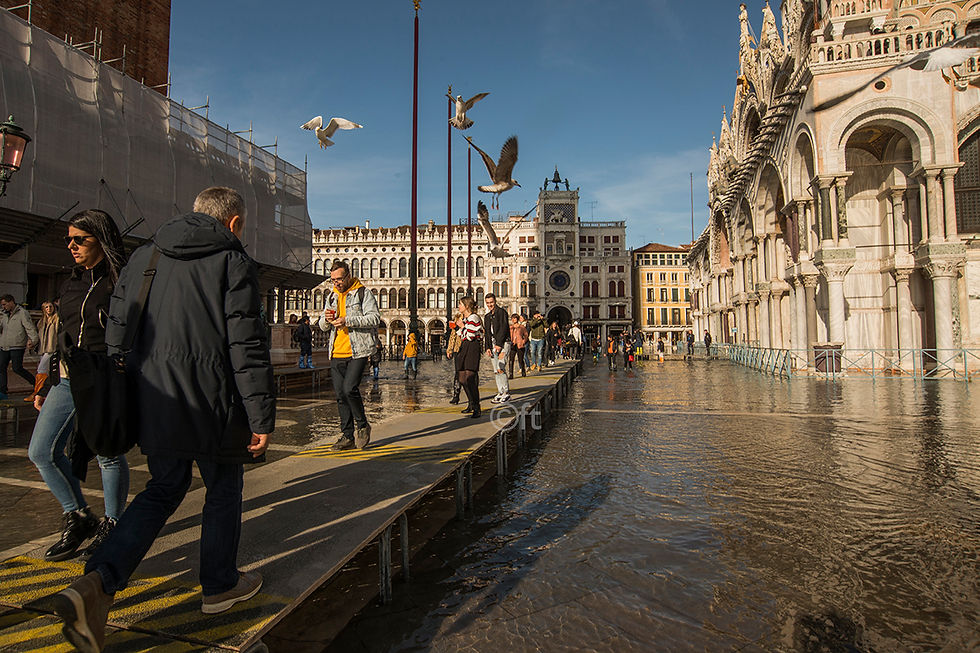
Venice’s identity is threatened by mass tourism and flooding. The city is fighting back, but is it too little, too late?
Eric Reguly-The Globe and Mail
Long before this fall’s superfloods damaged artistic and architectural treasures, Venetians saw worrying signs of how too many visitors were harming their way of life. Now, both crises are at a tipping point.
Gianni Basso’s famous Venetian printing shop has suffered flood damage now and again, as have most stores in the sinking city, but nothing like the damage inflicted on the night of Nov. 12 and the days after. When he waded into his shop that night, he thought his business – his lifelong passion – was finished.
Mr. Basso was at his family home on the island of Burano, about nine kilometres northeast of Venice, when their mobile phones lit up that evening with an SMS flood warning. Such warnings are fairly common. Venetians are used to acqua alta – high water – and know how to defend themselves from it as climate change raises sea levels. Almost every shop has a short metal barrier that can be quickly slotted into the doorway when the water comes, and an electric pump to get rid of the water that seeps, or sloshes, in.
This was no ordinary warning; a monster flood was coming, one that would reach the second highest on record – 187 centimetres above the average normal tide. It would cover about 85 per cent of the city and cause enormous damage to world artistic treasures such as St. Mark’s Basilica.
He grabbed his rubber waders, jumped on the ferry and remembers the boat thrashing through heavy waves and pelting rain in the Venetian lagoon as the winds hit 100 kilometres an hour. When he reached his shop at about 10:30 p.m., it was filled with half a metre of polluted, smelly salt water. The electric motors on four of his printing machines were destroyed and hundreds of books, prints and letters were submerged. “I wanted to die when I saw my workshop,” he says when we meet about 10 days after the floods. “I thought my life’s work was gone.”
He was alone on his narrow, flooded street that night. “The water, the waves, the wind were crazy,” he says. “Mice and rats were everywhere, trying to climb walls to avoid drowning. It was a nightmare.” Go to the article--->> https://tgam.ca/2ugFT9z






































